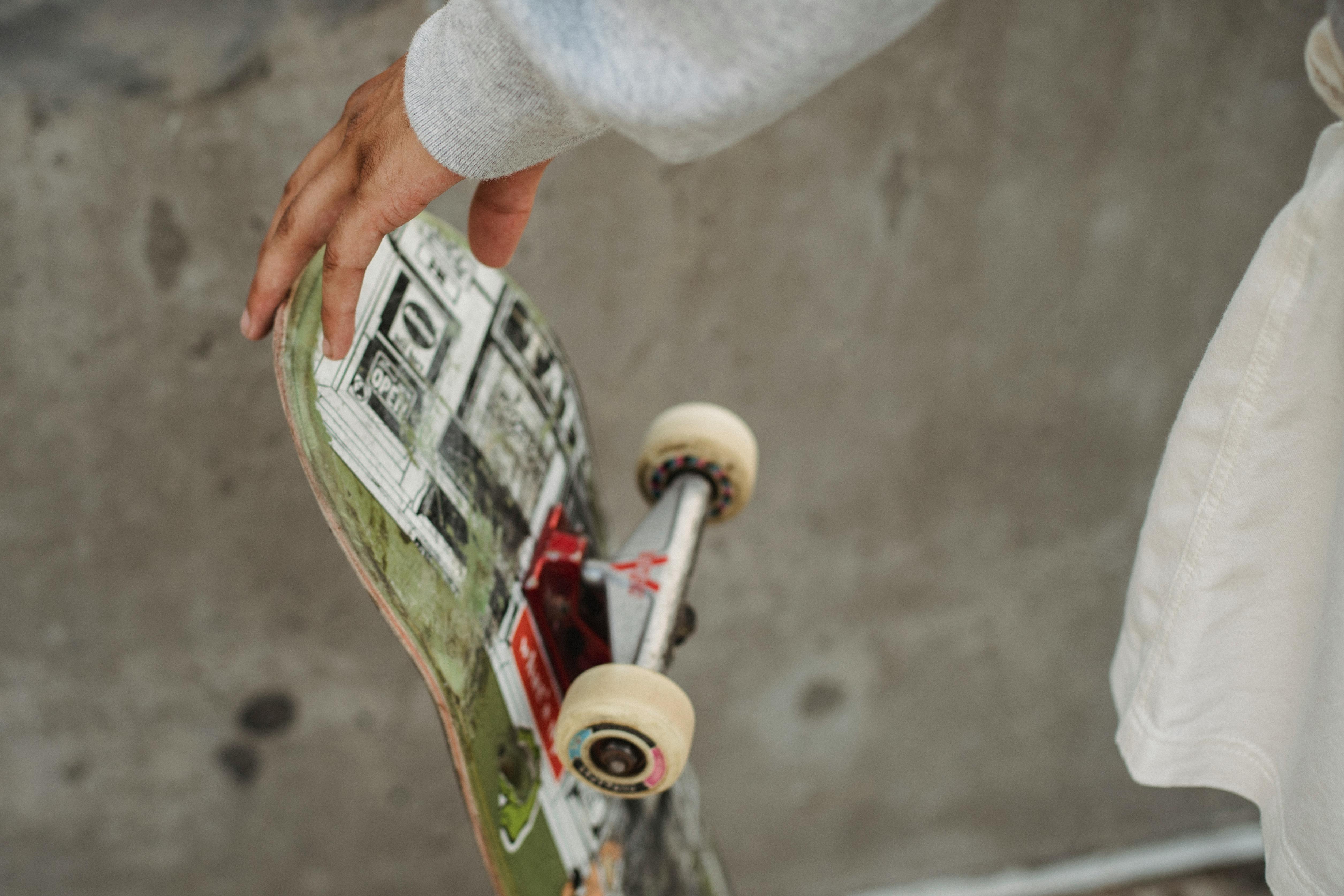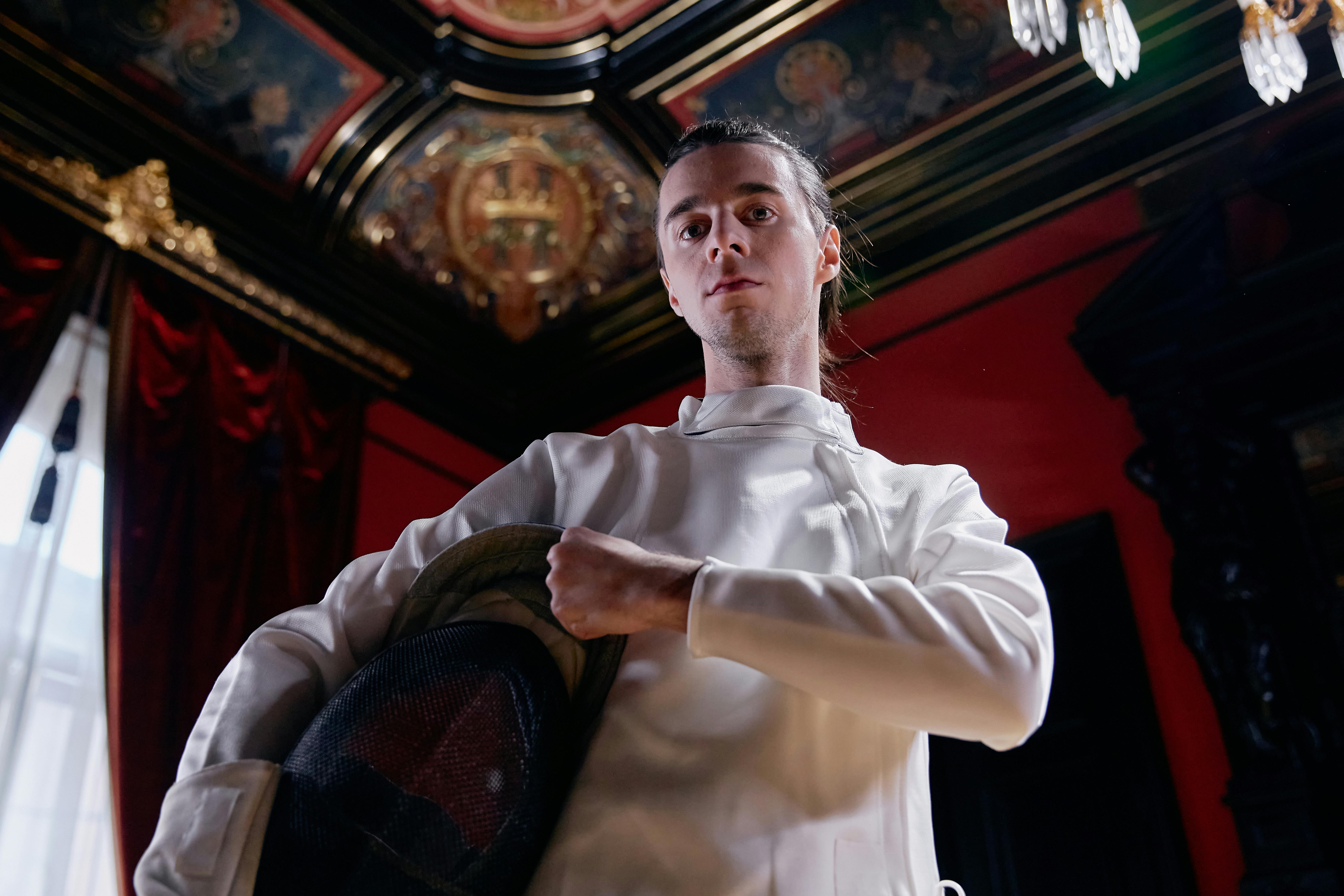The shea tree grows throughout the arid savannah of the northern and upper regions of Ghana. Throughout this large area, villagers have traditionally harvested shea nuts and extracted their butter to use as body cream or to make soap. Despite its usefulness, the shea tree has never been grown in plantations because it is said to take sixty years to bear fruit. This fact could help prevent the village women who produce the shea butter from losing control of the trade in the face of ongoing efforts to industrialize the production process.
The Technology Consulting Center (TCC) at Kwame Nkrumah University of Science and Technology (KNUST), Kumasi, Ghana, first had serious contact with shea butter in the mid-1970s when a substitute for shea oil was sought. palm in the soap. doing. At that time, the available palm oil was not enough to meet the local demand for soap. The officer in charge of the project, Peter Donkor, was experimenting with a wide range of alternatives, including castor oil, walnut oil, second-grade cocoa butter, coconut oil, and neem oil.
It was well known that a traditional soap called ‘amonkye samina’ was made from shea butter using a lye extracted from the ash of burnt cocoa shells. Made in this way, a mild potassium soap was produced that is said to be gentle on the skin. Soap of this type is marketed in Western countries in liquid form as a specialty cosmetic product, but in Ghana in the 1970s it did not fill the need for a general-purpose laundry soap. A hard soap could be produced from shea butter by using a sodium lye, but the TCC was never able to obtain a sufficient supply to sustain production at its pilot soap plant in Kwamo village.
The crux of the supply problem was the slowness of the traditional shea butter extraction process. Scientists in the chemistry and biochemistry departments were alerted by Peter Donkor to the need to find a faster extraction method and some experiments were carried out, but nothing of practical value emerged. The issue lingered for nearly a decade before Solomon Adjorlolo of SIS Engineering Ltd took an interest in the problem.
For many years, SIS had been manufacturing and selling small mechanized plants for grinding corn, producing gari from cassava, and extracting palm oil. Adapting some of his established machines and designing at least one new one, Solomon Adjorlolo produced a prototype shea butter plant and looked for an opportunity to test it. Working through the TCC, the prototype plant was transferred from Kumasi to the Intermediate Technology Transfer Unit (ITTU) in Tamale in the Northern Region where the shea tree is abundant. The tests were successful; the mechanized plant could produce much more butter in a day than a team of village women could produce in a week using the old method.
Now the danger of gender change arose. It has often been observed in Ghana and elsewhere that as soon as traditional village industry is mechanized and routine drudgery is eliminated, industry is taken out of the hands of women and into the hands of male entrepreneurs. Therefore, the Tamale ITTU ensured that the SIS plant remained in the test village run by the women who had collaborated in the test. Later, when the German aid agency GTZ financed another four shea butter plants, these too were assigned to established women’s groups with many years of experience in shea butter production.
It was around this time that the BBC came to Ghana to make a film with the famous British industrialist Anita Roddick, founder of the Body Shop beauty chain. The theme of the film was women entrepreneurs pioneering new business ventures and the BBC contacted the TCC for help in identifying such individuals in Ghana. So Anita Roddick met the Northern Region shea butter producers and she was very impressed, not only with her company but also with the quality of her product.
The first order for shea butter placed by the Body Shop was for four tons for experimental use. The matter moved slowly, but in the early 1990s a Fair Trade agreement was negotiated with a long-standing exporter, Wonoo Ventures Ltd. Within a few years, the annual export of shea butter to The Body Shop exceeded 100 tons, with most of the profits going back to the women farmers and their village development funds. And so it must remain for many years, because it could take sixty years to establish a productive plantation of shea trees to feed a large-scale centralized extraction plant.



